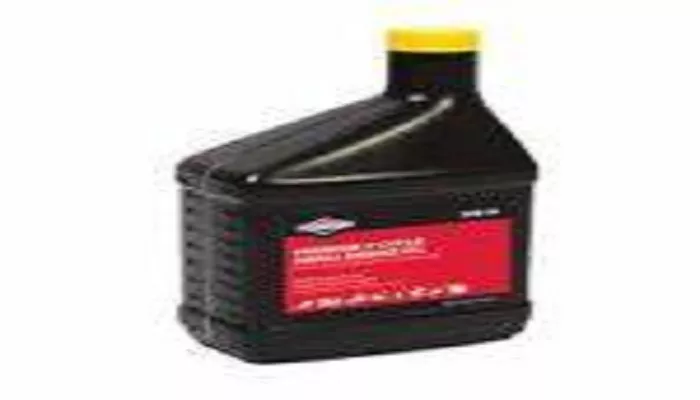Briggs & Stratton is one of the most trusted names in small engine manufacturing, powering millions of lawn mowers worldwide. To keep your mower running smoothly and extend its lifespan, using the correct oil is crucial. Selecting the right type of oil ensures optimal engine performance, reduces wear, and prevents overheating.
Why Oil Selection Matters
Lubrication: Reduces friction between moving engine parts.
Cooling: Helps dissipate heat from the engine.
Cleaning: Removes dirt, carbon deposits, and metal particles.
Protection: Prevents rust and corrosion.
Sealing: Helps piston rings seal against the cylinder walls.
Types of Oil for Briggs & Stratton Engines
SAE 30: Best for warmer temperatures (above 40°F / 4°C).
10W-30: A multi-grade oil suitable for varying temperatures.
5W-30: Ideal for colder climates (below 40°F / 4°C).
Synthetic Oil: Offers superior protection and longer intervals between changes.
Briggs & Stratton’s Official Oil Recommendations
| Temperature Range | Recommended Oil Grade |
|---|---|
| Above 40°F (4°C) | SAE 30 |
| 32°F to 104°F (0°C to 40°C) | 10W-30 |
| Below 40°F (4°C) | 5W-30 or Synthetic 5W-30 |
Viscosity Grades Explained
Single-Grade Oils
- Best for consistent warm weather.
- Thinner at high temperatures, providing better lubrication.
Multi-Grade Oils
- The “W” stands for “Winter.”
- 10W means it flows like an SAE 10 oil in cold weather.
- 30 means it performs like an SAE 30 oil at operating temperature.
- Ideal for areas with seasonal temperature changes.
Synthetic Oils
- Engineered for better performance in extreme temperatures.
- Resists breakdown longer than conventional oil.
Conventional vs. Synthetic Oil
Conventional Oil
- Made from refined crude oil.
- Affordable and widely available.
- Requires more frequent changes.
- Best for standard mowing conditions.
Synthetic Oil
- Chemically engineered for superior lubrication.
- Performs better in extreme heat or cold.
- Lasts longer between changes.
- Reduces engine wear more effectively.
Oil Additives and Their Effects
Detergents: Keep the engine clean by preventing sludge buildup.
Anti-Wear Agents: Protect engine parts under high stress.
Anti-Foaming Agents: Prevent oil from foaming at high RPMs.
Rust Inhibitors: Protect against moisture-related corrosion.
Step-by-Step Oil Change Procedure
Tools Needed
- Fresh oil (correct grade)
- Oil drain pan
- Funnel
- Socket wrench (if needed)
Steps
Warm Up the Engine: Run the mower for a few minutes to thin the oil.
Turn Off and Cool Slightly: Avoid burns but keep oil warm for drainage.
Position the Mower: Tilt it sideways (with air filter up) or use a drain plug if available.
Drain the Oil: Remove the dipstick and let oil flow into a pan.
Refill with Fresh Oil: Use a funnel to add the correct amount (check manual).
Check Oil Level: Wipe the dipstick, reinsert, and ensure proper level.
Dispose of Old Oil Properly: Take it to a recycling center.
Common Mistakes to Avoid
Using Car Oil: Some automotive oils contain friction modifiers harmful to small engines.
Overfilling or Underfilling: Both can damage the engine.
Ignoring Oil Changes: Leads to sludge buildup and engine failure.
Mixing Oil Types: Stick to one viscosity grade unless switching properly.
Conclusion
By following these guidelines, your Briggs & Stratton lawn mower will run smoothly for years. Regular maintenance, including proper oil selection, is the key to reliability.Always check your owner’s manual for model-specific recommendations. When in doubt, Briggs & Stratton’s own branded oil is a safe, high-quality choice.

